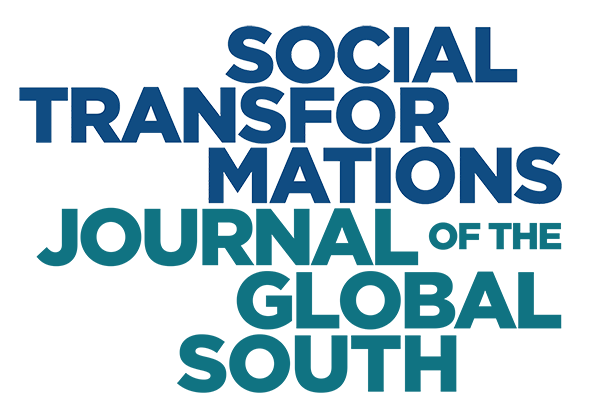Transnational Ideas and Connections: Understanding Asian Civil Society Activism
Dominique Caouette: Université de Montréal,
Clara Boulianne Lagacé: Emory University,
Denis Côté: Université de Montréal
DOI: https://dx.doi.org/
Abstract
Whether one looks back at armed insurgency movements, the Philippines’ People Power, or Jakarta’s riots against Suharto, transnational ideas, models of collective action, and activists have been keys in inspiring and fostering civil society mobilization and organizations in Southeast Asia. What are some of the common characteristics of Asian civil society activism, and what are some of the differences? Can we explain these similitudes and differences across countries, especially within Southeast Asia? Are there themes for activism that are more dominant than others? To answer these questions, we first undertook a short historical and comparative review of social activism in the region before conducting a preliminary analysis of a database on NGOs, networks, and coalitions in various Southeast Asian countries. Our results seem to show that national organizations tend to be influenced by agenda setting on the part of regional organizations, to the point where it might trump the importance of national/local issues, such as the regime type, and might homogenize the issues on which organizations work across countries. At the same time, national/local animosities also influence regional organizations, whether they want it or not. In sum, regional and national organizations shape each other, and that the influence is far from going only in one single direction.
